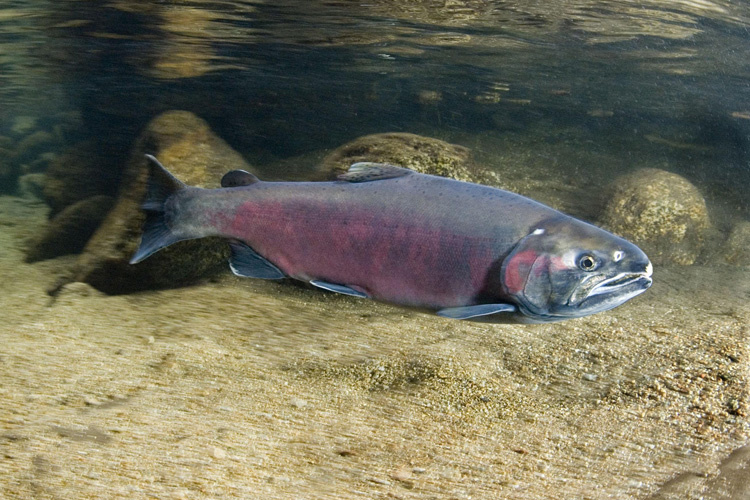August 2, 2019
NOAA marks Northwest salmon runs, Atlantic mackerel, bigeye overfished

Several silver salmon stocks in the Pacific Northwest are listed as overfished in the NOAA 2018 Status of U.S. Fisheries report. NOAA photo.
Several silver salmon stocks in the Pacific Northwest are listed as overfished in the NOAA 2018 Status of U.S. Fisheries report. NOAA photo.